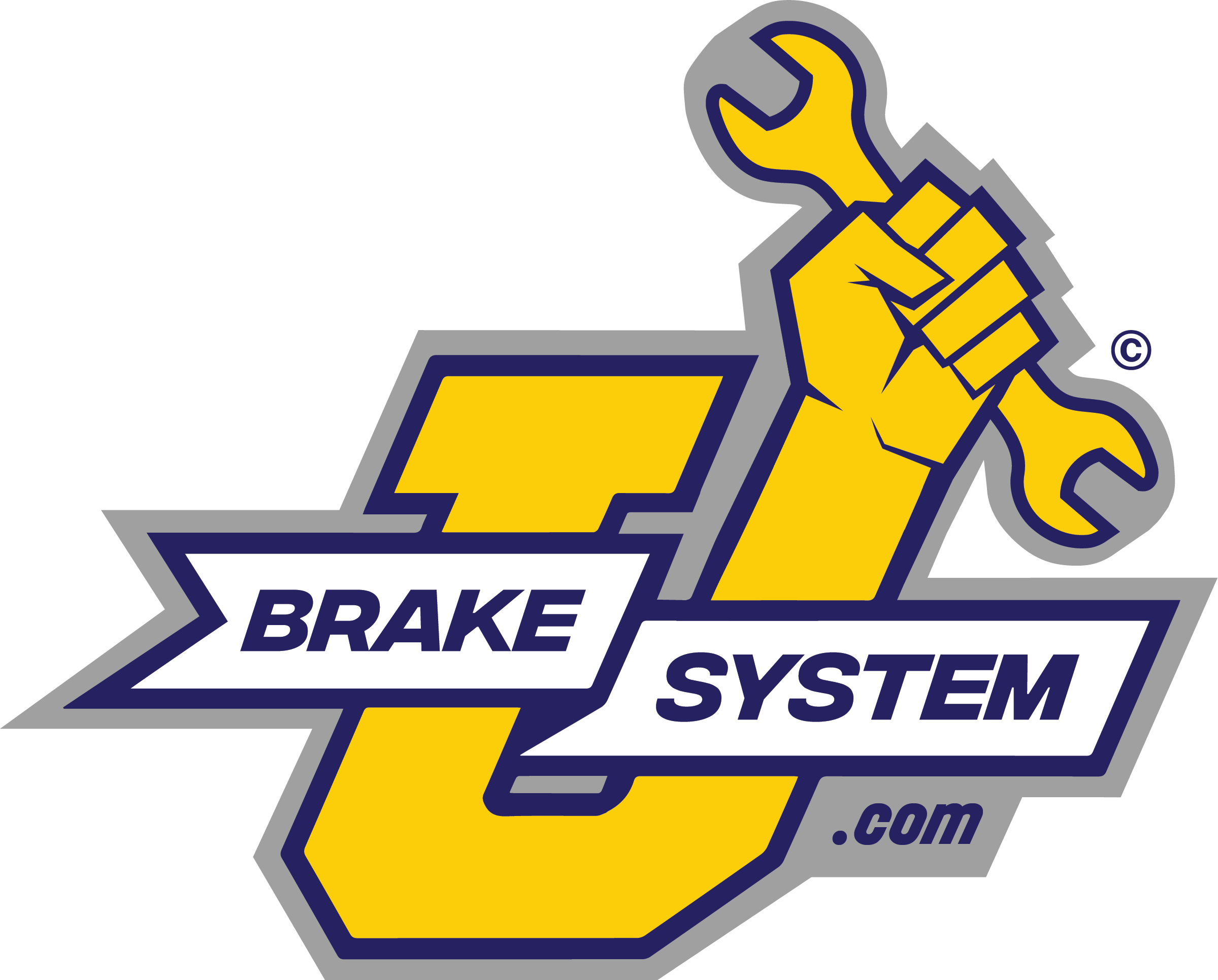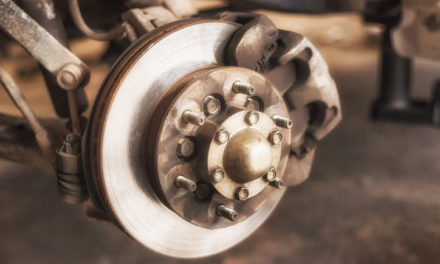The vast majority of automobiles on the road have disc brakes. Some automobiles have drum brakes along the back axle, and most people are surprised to learn these rear drum brakes also serve as parking brakes. Parking brakes are connected to the drum brakes in the back through parking brake cables. Ultimately, drum brakes will need to be replaced, and every vehicle’s drum brake hardware will require replacement along with it.
Drum Brake Hardware Lifespan
In general, drum brakes along the real axle typically last around 150,000 miles. However, there are several different factors that determine the useful life of drum brakes and the point in time at which they require replacement. Automobile manufacturers do not state the exact intervals for drum brake replacement but recommend that drivers have their vehicle’s brakes inspected at regular intervals. Most brake inspections occur when the tires are rotated. Drum brakes are positioned behind the drums, meaning the drums must be removed in order for the inspection to take place.
Replacing the Drum Brake Hardware
Drum brake replacement requires replacing both the brake shoes as well as the drums and related hardware. If any of the drum brake hardware components fail inspection, they must be replaced. As an example, there is a chance the wheel cylinder will not work as it should or leak, prompting replacement. As a precaution, all hardware should be replaced with brake shoes and drums.
Drums are designed in a manner that permits machine resurfacing. However, replacing the drum brakes is typically the better decision as machining causes the drums to become that much thinner and prone to overheating. In most cases, drums have the maximum diameter stamped on them for easy reference. The diameter is the primary determinant as to whether the drum brake requires replacement.
If replacement is necessary, the drum brake will have to be readjusted. There is also a chance that the parking brake’s mechanism will also require adjustment. The replacement of the drum brakes along the rear axle including the drums, shoes, and hardware in the typical automobile is affordable. In general, this replacement project typically runs between $400 and $800 per axle. However, it is possible to replace drum brake hardware yourself, without the help of a seasoned mechanic. If you decide to change the drum brakes on your own, be sure to adhere to the manufacturer’s instructions as well as safety precautions to complete the job in a thorough and safe manner. This project requires precision as drums have several components assembled in a nuanced manner.
Drum Brake Hardware is Essential to Driver and Rider Safety
When the driver of an automobile presses the brake pedal, hydraulic pressure within the brake’s master cylinder moves across the hydraulic braking system, pushing the pistons out from the wheel brake’s cylinder. These pistons push out the brake shoes. The result is the lining contacting the brake drum. This contact slows the brake drum. The drum absorbs the heat that is generated, helping to reduce this warmth for optimal brake system functionality and safety. Drum brakes of the duo-servo variety have somewhat of an internal energizing capability in which the rotating drum drags the brake shoes along the anchor. The result is a pressing of the brake shoes to the drum with that much more force.
Once the brake pedal releases, return springs move the brake shoes out from the brake drum. An adjuster creates a resting position for the brake shoes. The adjuster plays the important role of ensuring there are adequate gaps between the drum and the shoes. Today’s vehicles have an automatic adjuster that is made to permit self-adjustment when brake shoes wear down. However, there is the potential for the automatic adjuster to seize up and no longer function. If this occurs, the brake hardware will require immediate servicing and probable replacement.
Drum Brake Hardware Can Only Take so Much Stress
The hardware used in drum brake systems endures considerable stress. If this hardware is not replaced, there is the potential it will fail, leading to problems with the rear brakes. This is precisely why it is prudent to replace the drum brake hardware when a rear brake job is performed. Taking this action in a preventative manner saves that much time and energy down the line. However, most drivers are unaware of the fact that brake hardware is typically not changed when new brake pads and brake rotors are added.
Keep in mind that when a car stops while traveling in reverse, the shoe pulls against the drum. If this gap continues to grow, the adjusting lever will rock, moving the adjuster gear. The wear along the shoes causes that much more advancement in the adjuster. It is possible that the drum will stop functioning as it should if the shoes move too far away, ultimately compromising brake system functionality. The bottom line is drum brake hardware is subjected to considerable heat, corrosion, and moisture that cause gradual wear. Fail to replace this hardware in a timely manner and the braking system’s functionality will be compromised or, at the very least, make annoying noise every time you press the brake pedal.






